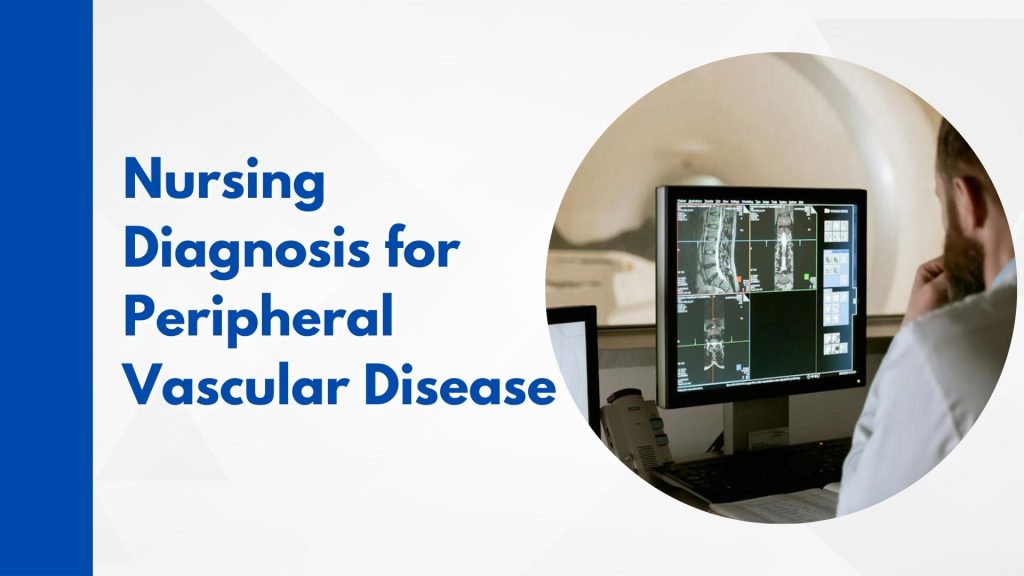- Oak Brook:(630) 705-9999
- Chicago:(312) 920-8822
- Email:inquiry@vervecollege.edu
- Make a Payment
- Home
- Programs
- Admission
- Resources
- ATI Entrance Exam Resources
- New E-Digital Library
- Refer a Friend
- School Newsletter
- Events
- Employers
- Job-Network
- Alpha Beta Kappa Candidates
- Verve College Library
- Graduation and Pinning Ceremony Photo Galleries
- Textbook Information
- Career Services
- Tutoring
- School Catalog
- FAQ
- Constitution Day Program
- Alumni
- Verve College Plans
- Financial Aid
- HEERF Reporting
- Satisfactory Academic Progress
- Apply For Financial Aid
- Net Price Calculator
- Return of Title IV Funds (R2T4)
- Financial Aid Office Code of Conduct
- Contact
- FAQs
- Verification Policy
- Vaccination Policy
- Student Right-to-Know Act
- Misrepresentation
- Information Security Program
- Academic Award Year
- Availability of Employee
- Cost of Attendance
- Health & Safety Exemption Requirement
- Students Rights and Responsibilities
- Leave of Absence
- Pell Formula
- Military Students
- Grants/ Scholarship Policy
- Contact Us
- Login
- Testimonials
- Blog
Is a Nursing Career Right For You?
Take The Free Quiz
Nursing Diagnosis for Peripheral Vascular Disease: A Comprehensive Approach
Nursing Diagnosis for Peripheral Vascular Disease: A Comprehensive Approach
The condition known as peripheral arterial disease (PAD) is characterized by a slow and progressive narrowing of the arteries at the extremities. This information is for prospective students who want to become a licensed practical nurse and learn medical care by enrolling in A&P class with the preparation for the licensing exam (NCLEX-PN exam).
Atherosclerosis is a common cause of structural damage to blood vessels. Other risk factors include:
- Diabetes
- Hypertension
- Hyperlipidemia
- Obesity
- Smoking
- Over 50 years of age?
Untreated PVD can cause gangrene, kidney failure, and blood clots. Blood clots and renal failure are other PVD complications. There is also a higher risk of death due to heart attacks or strokes.
The location and extent of blockage will determine the clinical manifestations of PVD. The classic basic structure & vital sign of lower-extremity PVD is intermittent claudication, which is an ischemic pain that occurs when exercising and disappears after rest. Other manifestations may include:
- Paresthesia’s
- Skin that is thin, shiny, and taut
- Reduced peripheral pulses
- Pallor
- Hyperemia reactive
The medical history and physical exam are crucial in the peripheral vascular disease nursing diagnosis of PVD. PVD can be diagnosed using tests such as Doppler ultrasonography, segmental BPs (ankle-brachial index), duplex imaging, and magnetic resonance angiography.
Related:- What are the Steps to Create a Care Plan for Nursing?
Nursing Care Plans & Nursing Diagnosis for Peripheral Vascular Disease
Acute Pain Care Plan
Acute pain can be a common symptom of peripheral vascular diseases. Pain is usually felt when walking distal to the blockage and can be described as a cramp. The pain usually subsides when the patient is resting, so it is left untreated.
Acute Pain Assessment
1.Assess the pain characteristics
Nursing diagnosis for peripheral vascular disease can be done by assessing pain in detail. In severe PVD cases, the pain can also occur when you are resting. The burning pain is more severe at night. It can be relieved if you hang your feet over the edge of the bed.
2.Evaluate the patient’s prior attempts at pain management
The vocational nurse or health care provider can tailor their interventions and diagnose the patient by assessing what they have done to alleviate pain.
Acute Pain Interventions
1.As directed, administer medications
Cilostazol can be used to treat claudication. It can take up to twelve weeks for the medication to work.
2.Encourage exercise
Walking is the most effective treatment to reduce PVD severity, even though it causes pain. The patient should be told to walk up until they reach their pain tolerance, then pause and resume walking once the pain has subsided. Walking sessions should be 30-45 minutes long, three to four times per week.
3.Inform yourself about lifestyle changes
To treat PVD, including the pain that it causes, lifestyle changes are required. These include maintaining a healthy human body weight, exercising, and managing chronic conditions.
4.Avoid massaging the affected extremities
Massage the affected extremities can feel good, but it may dislodge an embolus. Before attempting, speak with your doctor.
Consider local community colleges, technical schools, community education centers, and universities when looking for a human anatomy and physiology course near me or a practical nursing program to enter in practical nursing career or wanting to understand how the organ systems work. in healthcare settings.
Want to Make a Career in Nursing? Get More Information About Our Courses!
Prevention of Peripheral Artery Disease
- Smoking cessation
- Lowering cholesterol
- Blood pressure control
- Hypertension and blood sugar control
- Regular exercise
 Sign up
Sign up Login
Login




